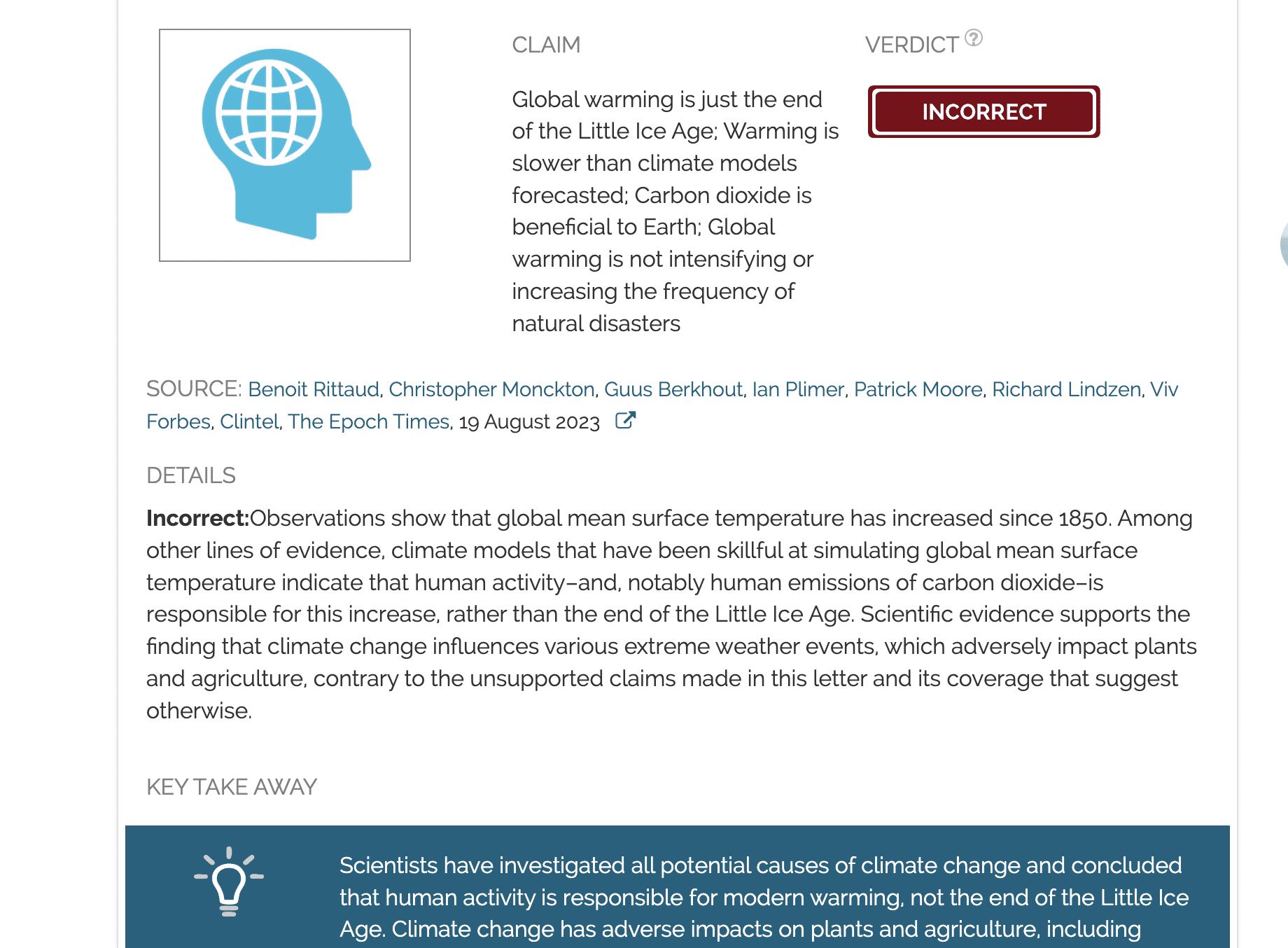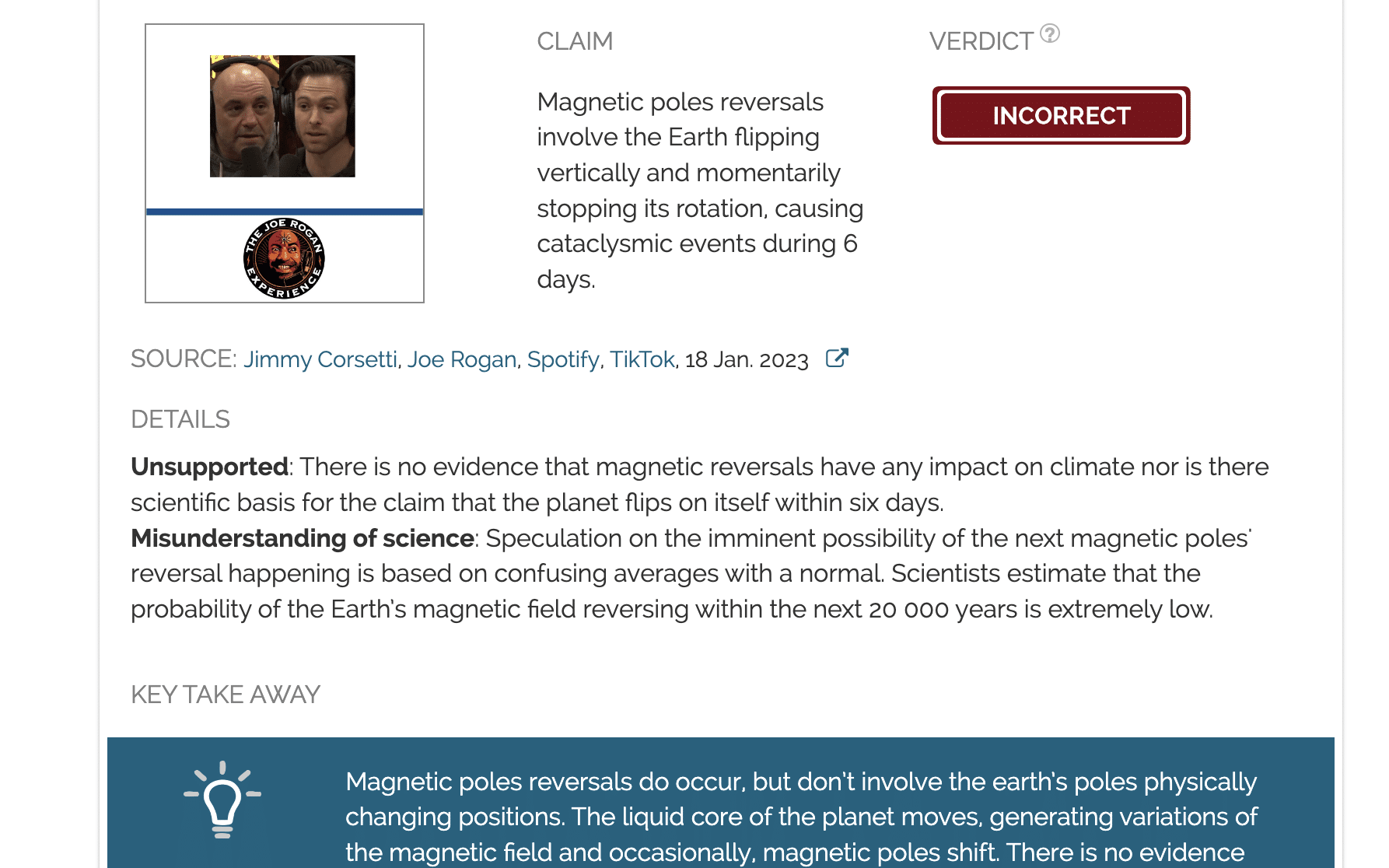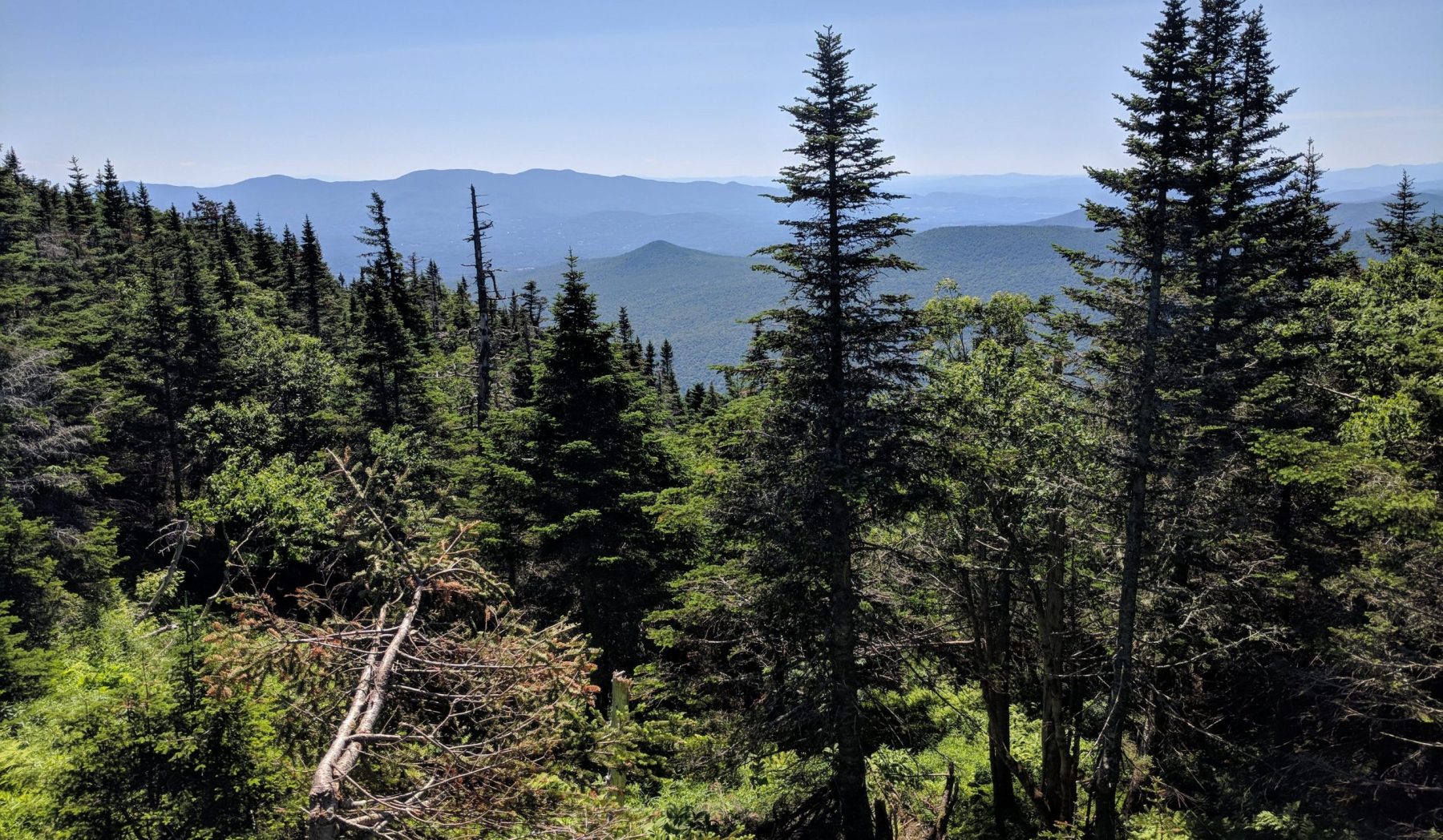- Climate
Analysis of "What California’s Dam Crisis Says About the Changing Climate"
Reviewed content
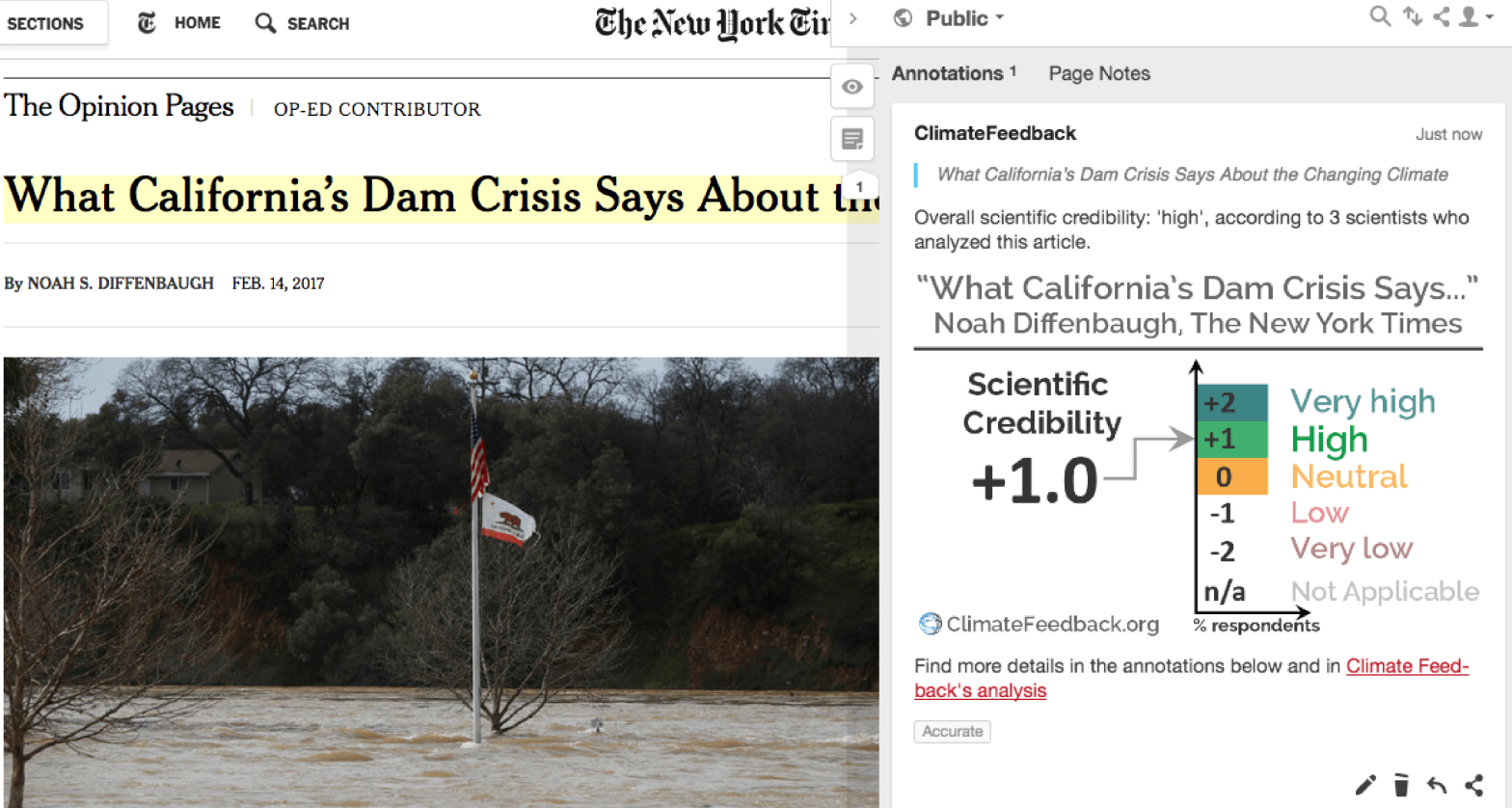
Published in The New York Times, by Noah Diffenbaugh, on 2017-02-14.
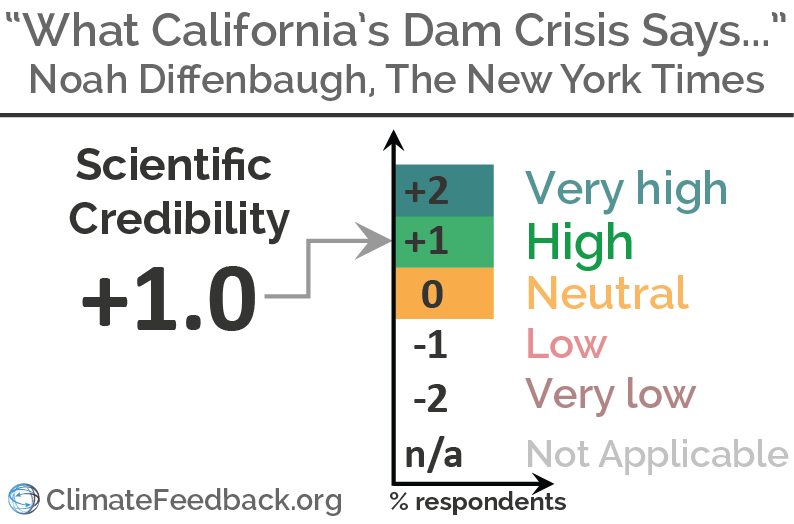
Scientists’ Feedback
SUMMARY
This op-ed in the New York Times written by Stanford researcher Noah Diffenbaugh discusses northern California’s Oroville Dam, where damage to a spillway recently led to a temporary evacuation. Scientists who reviewed the article found that its description of the stress that climate change exerts on water infrastructure in the American West—both flood protection and water supply management during drought—is mostly accurate.
However, the article’s title, “What California’s Dam Crisis Says About the Changing Climate”, can be read to imply that climate change, rather than a structural failure, is primarily responsible for the current situation at the Oroville Dam—which is not what the content of the article suggests.
REVIEWERS’ OVERALL FEEDBACK

Professor of Engineering, University of California, Merced
Factual & background statements do generally reflect common knowledge. Climate warming means that we do need to add resiliency to our infrastructure. The 4 recommendations of the article are on track, and consistent with the state’s Water Action Plan.
Misleading title—the dam crisis is primarily about the aging infrastructure and the neglect of investment in engineering and R&D as to how to plan, design, and build a new generation of water and energy infrastructure, while maintaining what we have. It tells us nothing about climate change.
The article itself is more nuanced and balanced, but ends up being an organ for the climate change story, which is important, while mentioning the need for urgent investment in and action on primary infrastructure only in passing.

Postdoctoral research fellow, University of Melbourne
This is an eloquent and thoughtful article and is based on sound science in my opinion. The author’s down-to-earth descriptions of our understanding of the physical mechanisms are well communicated. He has linked his claims to peer-reviewed science in high-ranking journals. He has carefully linked the recent events to a number of broad-brush insights for the benefit of society.
Notes:
[1] See the rating guidelines used for article evaluations.
[2] Each evaluation is independent. Scientists’ comments are all published at the same time.
Key Takeaways
The juxtaposition of five years of hot, dry conditions followed by more rain than reservoirs can store may seem incongruous. However, this is exactly what climate scientists have predicted for California since at least the 1980s: protracted periods of warm, dry conditions punctuated by intense wet spells, with more rain and less snow, causing both drought and floods.

Professor of Engineering, University of California, Merced
Point that “… hot, dry conditions followed by more rain than reservoirs can store ..” is not “incongruous”, but rather consistent with the climate history of California.
“[…] in fact this pattern is already emerging, with the conditions that create extremely warm dry years and extremely wet years both becoming more frequent.”
This statement is supported by the study hyperlinked in the text*, which identified an increase in regional atmospheric circulation patterns associated with both extremely wet and extremely dry years in California since the middle of the 20th century.
- Swain et al (2016) Trends in atmospheric patterns conducive to seasonal precipitation and temperature extremes in California, Science
“In an old climate, … extremely warm years were less common and snowpack was more reliable … With the shift toward more rain rather than snow, and the earlier melting of the snowpack, water managers need to release water more frequently for flood control.”
This statement is supported by a recent study* of the amplified warming rate experienced at high altitudes in the Sierra Nevada, which results from the loss of sunlight-reflecting snow cover.
- Walton et al (date) Incorporating Snow Albedo Feedback into Downscaled Temperature and Snow Cover Projections for California’s Sierra Nevada, Journal of Climate

Professor of Engineering, University of California, Merced
It doesn’t take much warming to change snowstorms into rainstorms. With a warmer climate, we get these winter storms, which dump rain rather than snow.
The “need to release water more frequently” is not necessarily true. The key needs are to upgrade the spillway, damage to which is limiting release capacity, and update the information system used to decide releases. The state is well aware of this, and public funds for investments remain limited in the current political climate.

